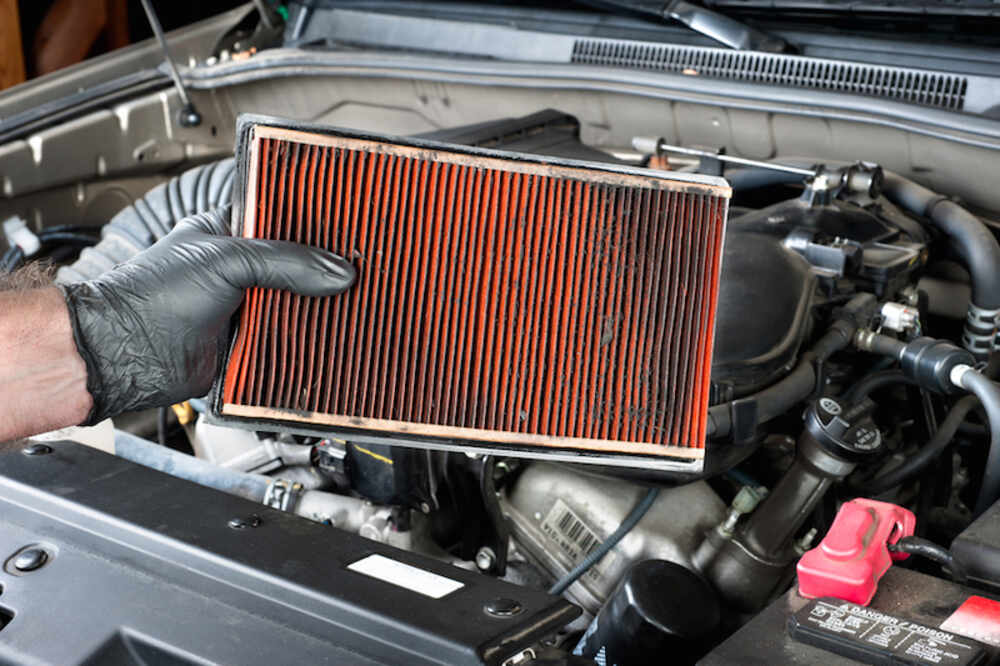If you’ve been driving the last few weeks occasionally glancing at a check engine light, then it might be time to head into a car repair shop to put your car’s engine under the microscope. Many times your check engine light is actually a sign that your fuel caps are loose, although you’ll never really know unless you have it checked out.
Common Types Of Car Repair
One of the best ways for sidestepping the need for many types of car repair in the first place is to remain vigilant to funny sounds that your car might periodically make.
For instance, if you hear a scraping sound while you attempt to brake, then you might have an issue with your brake pads. Alternatively, suddenly worse fuel economy or trouble starting your engine might mean that your spark plug needs to be replaced.
As you’ll find out below, simply getting your spark plug replaced or your fuel injector looked at could end up saving your entire catalytic convertor…and saving you a ton of cash.
Remember to always stay up-to-date with your vehicle’s preventive maintenance schedule – this might include an alignment check, getting your tires rotated, and a routine oil change.
1) Replacing Air Filters
There are also some easy repairs that can make your ride a lot more comfortable. Most people, for instance, would really benefit from replacing their cabin air filter; the air filter itself can be purchased from your local auto repair shop. Replacing your old filter is relatively easy.
Swapping out your engine’s air filter can also give you benefits like greater gas mileage and a longer engine life. Your engine’s air filter is probably not as easy to find, depending on your vehicle, as your car’s cabin air filter.
Your engine’s air filter might also be pretty dirty if you do a lot of stop-go, urban driving. Best to check your owner’s manual for the recommended replacement period and head into your local repair shop for a diagnostic test.
2) Spark Plug Replacements
The spark plug in your vehicle is a small piece with a very big job to do. Spark plugs transmit the initial electric spark that, in turn, gets the fuel in your cylinders moving. Optimal performance is a must.
The problem is that spark plugs can become faulty or plain worn out over time, gunk up your engine and cause all sorts of other problems (e.g., reduced fuel economy). A worn spark plug, if left unaddressed, can even cause melting in other parts of the engine.
As a reference, most copper spark plugs should be replaced every 20,000-35,000 miles, but it really boils down to your particular vehicle and the kind of spark plug that your vehicle has – iridium spark plugs tend to last slightly longer than copper spark plugs.
Changing your spark plugs can be complicated (and messy) if you haven’t done it before, but you can bet automative technicians have seen this kind of job in the past.
3) Catalytic Convertor Tune-up
Replacing your catalytic convertor might actually be necessary if you let a damaged spark plug go unreplaced.
The emissions system for your vehicle, which is controlled by your catalytic convertor, could also suffer damage as a result of a broken fuel injector. Catalytic convertors, compared to spark plugs, aren’t always the cheapest repair, but there’s a silver lining to the story.
Catalytic convertors typically only require major tuneups when a related part fails. So what’s the lesson that we can take from that? Getting your spark plugs, fuel injectors and oxygen sensor regularly checked can save you a lot of time and hassle.


